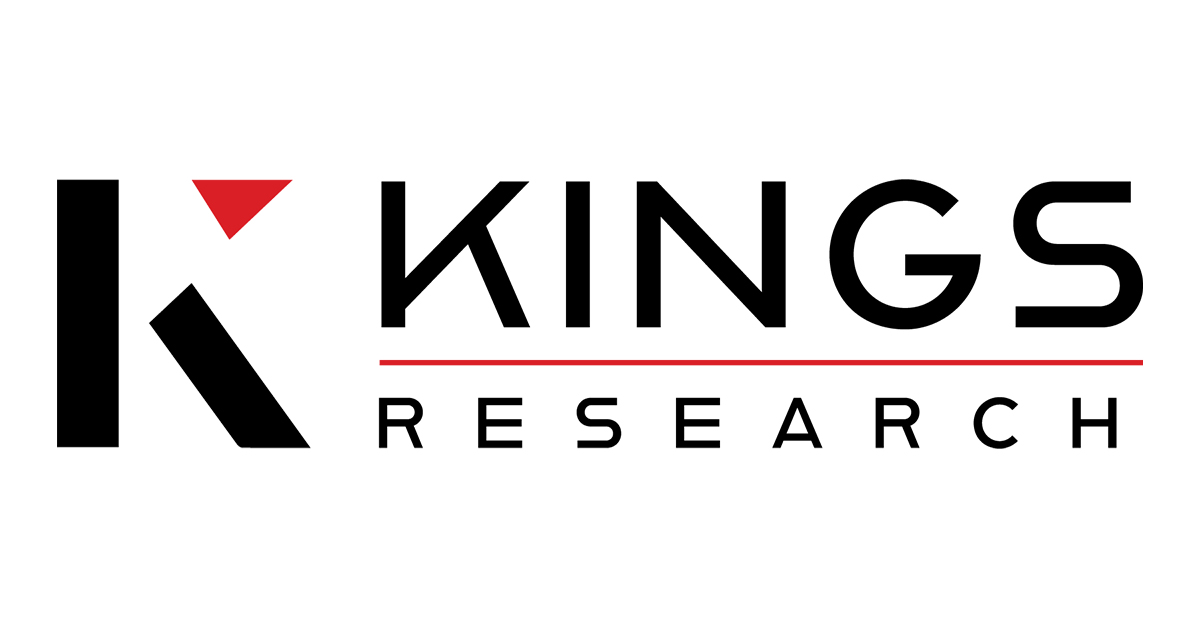Kings Research is excited to unveil the latest insights from its comprehensive report on the global Network Automation Market, which is projected to achieve a remarkable growth from USD 4.55 billion in 2022 to USD 34.43 billion by 2030. This surge, representing a CAGR of 33.50% from 2023 to 2030, underscores the transformative impact of network automation technologies across various industries.
Driving Forces Behind Market Expansion
The exponential growth of the network automation market is driven by several key factors:
- Adoption of 5G Technology: The deployment of 5G networks necessitates advanced automation solutions to manage the increased complexity and scale of operations. Automation simplifies network management, enhances efficiency, and supports the seamless integration of 5G capabilities.
- Integration of AI and ML: Artificial Intelligence (AI) and Machine Learning (ML) are revolutionizing network automation by enabling intelligent network management, predictive analytics, and automated decision-making. These technologies ensure optimized network performance and reduced human intervention.
- Increased Network Virtualization: Network virtualization allows for the creation of multiple virtual networks on a single physical infrastructure. This trend is gaining momentum as organizations seek to improve resource utilization and flexibility in network management.
Market Segmentation
The report segments the network automation market by component, network type, deployment, vertical, and geography, providing a granular view of market dynamics:
- By Component: Solutions and services. The solution segment led the market in 2022 due to the rapid deployment of software and applications, coupled with innovations from market leaders.
- By Network Type: Physical, virtual, and hybrid. The virtual segment dominated the market in 2022, driven by the flexibility, scalability, and cost-saving benefits of virtual networks.
- By Deployment: Cloud-based, on-premises, and hybrid. Cloud-based solutions garnered the largest share in 2022, propelled by the demand from SMEs for efficient and scalable cloud services.
- By Vertical: IT & telecommunications, manufacturing, healthcare, energy and utility, BFSI, and others. The IT & telecommunications sector remains the largest consumer of network automation solutions.
Regional Insights
- North America: Leading the market with significant investments in network infrastructure and the presence of major players like Cisco Systems and IBM Corporation. The region's swift adoption of advanced technologies drives market growth.
- Asia Pacific: Expected to exhibit the fastest growth, fueled by the rapid adoption of network automation solutions across various industries, particularly in China, Japan, and India.
Competitive Landscape
The market is characterized by intense competition with key players such as:
- BMC Software, Inc.
- Cisco Systems, Inc.
- IBM Corporation
- Juniper Networks, Inc.
- Open Text
- SolarWinds Worldwide, LLC
- NetBrain Technologies Inc.
- VMware, Inc.
- FUJITSU
Key Developments
Recent strategic initiatives highlight the dynamic nature of the market:
- May 2023: Juniper Networks and ServiceNow partnered to offer comprehensive automation solutions for Managed Service Providers (MSPs) and enterprises, enhancing operational efficiency and reducing costs.
- April 2023: BMC introduced AI-driven solutions through its Helix Control-M platform, available in the Google Cloud Marketplace, facilitating data orchestration across mainframe and cloud systems.
- February 2023: Cisco and NEC Corporation expanded their collaboration to include 5G xHaul and private 5G solutions, aiming to modernize infrastructure and improve connectivity.
- February 2023: IBM announced the acquisition of NS1, a provider of network automation SaaS solutions, enhancing IBM’s capabilities in delivering optimized, secure, and reliable network services.
Challenges and Opportunities
Despite the promising growth, the market faces challenges such as security concerns and the need for skilled personnel. The implementation of automated systems can be costly, requiring investment in training and hiring specialized staff. Additionally, the lack of established standards for automation can impede adoption.
However, these challenges also present opportunities for innovation and development. The integration of robust security measures within automation solutions and the establishment of industry standards can drive further growth and adoption.
Conclusion
The network automation market is poised for substantial growth, driven by technological advancements and the increasing need for efficient network management solutions. As businesses continue to navigate the complexities of digital transformation, network automation will play a pivotal role in ensuring operational efficiency, scalability, and security.
For more detailed insights and in-depth analysis, please refer to the full report available at Kings Research: Network Automation Market Report.





Comments